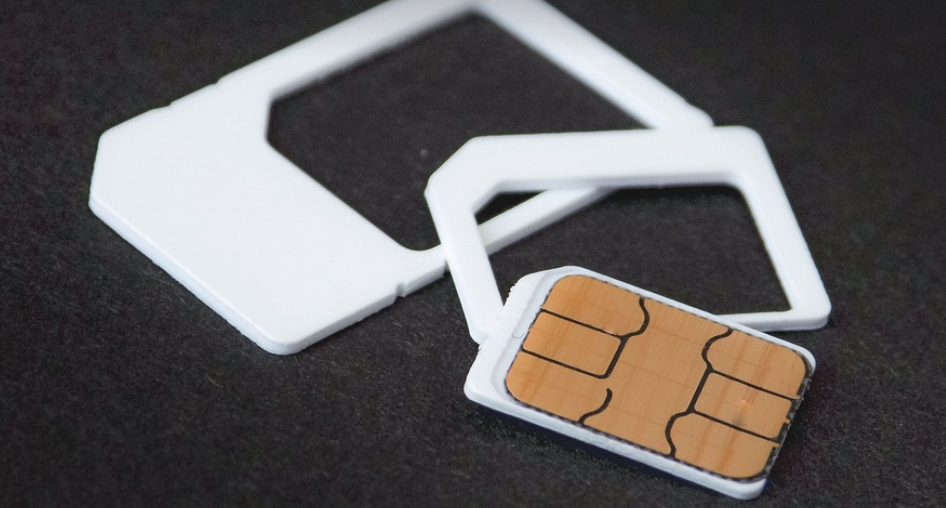Understanding the Issue
The 2016 Honda CR-V is a popular choice for its reliability and practicality, but like any car model, it’s susceptible to particular issues. One of these common problems that owners have encountered revolves around their transmission. While the CR-V’s drivetrain typically holds up well, some 2016 models have developed known transmission concerns that can impact driving experience and potentially lead to costly repairs.
The specific complaints often arise from a confluence of factors. These include potential issues with the automatic transmission fluid, a tendency for leaks in the transmission cooler lines, or even faulty components within the transmission itself. It’s important to note that the prevalence of these problems might vary based on individual vehicle history and usage patterns.
Common Transmission Issues
1. **Slipping Gears:** One of the most frequent issues reported by owners is experiencing “slipping gears.” This occurs when the transmission struggles to smoothly change gears, often resulting in a noticeable hesitation or feeling like the engine is struggling to accelerate. This can be particularly frustrating, especially when navigating city traffic.
2. **Rough Shifting:** Alongside slipping, some owners also experience “rough shifting,” where gear changes seem abrupt or jerky, often accompanied by clunky noises from the transmission. This can signify issues with the internal components of the transmission, potentially pointing to a problem with the valve body or solenoid clutches.
3. **Jerking and Stalling:** While not as common as slipping or rough shifting, some owners also report experiencing jerky acceleration, accompanied by stalling when changing gears. This can be a sign of a more serious transmission issue, such as problems with the torque converter, input shaft, or other components.
Causes & Diagnosis
Several factors can contribute to these transmission problems in 2016 CR-Vs. For instance, if the automatic transmission fluid hasn’t been changed regularly according to the manufacturer’s recommendations, it can lead to wear and tear on the transmission system.
Another significant factor is the potential for leaks in the transmission cooler lines. These leaks can cause low transmission fluid levels and ultimately damage internal components. Additionally, faulty or worn-out clutches, solenoids, and valve bodies may also contribute to these problems.
A key step towards diagnosis involves a thorough inspection by a qualified mechanic. The technician would be able to perform a visual inspection of the transmission fluid level, identify any leaks, and assess for potential damage or wear on internal components. Diagnostic tools like scan tools may also reveal specific error codes indicating potential issues with the transmission itself.
Solutions & Prevention
Fortunately, there are solutions available for addressing these transmission problems in your 2016 Honda CR-V. A simple flush and fill service of the transmission fluid can often resolve minor issues. Replacing worn or damaged components, such as clutches, solenoids, or valve bodies, can also help restore normal transmission operation.
Addressing leaks in the transmission cooler lines is essential for maintaining optimal transmission performance. A quick fix might involve a temporary patch until a permanent repair solution can be implemented. Regularly checking for leaks and addressing them promptly will significantly prevent future complications.
Long-Term Maintenance
To keep your 2016 Honda CR-V’s transmission running smoothly, it’s important to follow the manufacturer’s recommended maintenance schedule. This includes regular fluid changes according to the schedule and having a qualified mechanic inspect the transmission for any potential problems.
Conclusion
While transmission issues are prevalent in the 2016 Honda CR-V, they can often be resolved with preventative care and timely repairs. Addressing these concerns proactively can save you significant headaches down the road and keep your vehicle’s drivetrain running smoothly for years to come.



